The Marshmallow Test is one of several famous psychology experiments intended to understand human nature. Recently, it has been questioned. What would you would do in The Marshmallow Test—and six other famous and not-so-famous experiments?
1. Delaying Gratification

Could you wait to eat a piece of chocolate cake if you knew you would receive an extra piece of cake in twenty minutes?
2. The Marshmallow Test

Known as the Marshmallow Test, in the 1960s, Walter Mischel offered preschoolers one marshmallow immediately or two if they waited to eat the first. After following up with the preschoolers years later, Mischel found that those who waited were more successful in school and in life and they were more healthy, ironically. “Delaying gratification” was hailed as the hero, but new research pins the ribbon on a different factor that determined the better long-term outcomes.
3. Discovering Gratification

Recent research out of the University of Chicago offers a new perspective on the Marshmallow Test. These findings suggest delayed rewards (for example, wanting to lose weight) motivates setting long-term goals. Immediate rewards (weekly weigh-ins) fuel the persistence to reach the long-term goal. This is congruent with Mischel’s findings which he says really were not about “delaying gratification” but learning how children employ self-control measures. That is, what strategies did they use to keep themselves from eating that first marshmallow? (Strategies included singing songs, turning toes into piano keys, and nose picking.) Nick Tasler sums up the similarities among all the experiments quite succinctly: It’s “not about delaying gratification. It is about discovering gratification in every situation.” What would you do in the next situation? Read below…
4. Would You Follow Orders?
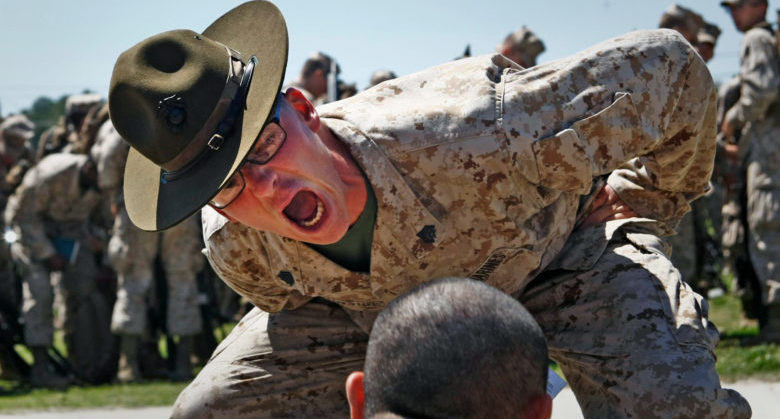
Would you follow orders from an authority figure if it meant you had to hurt or kill another human being? Yes or no?
5. The Milgram Experiment
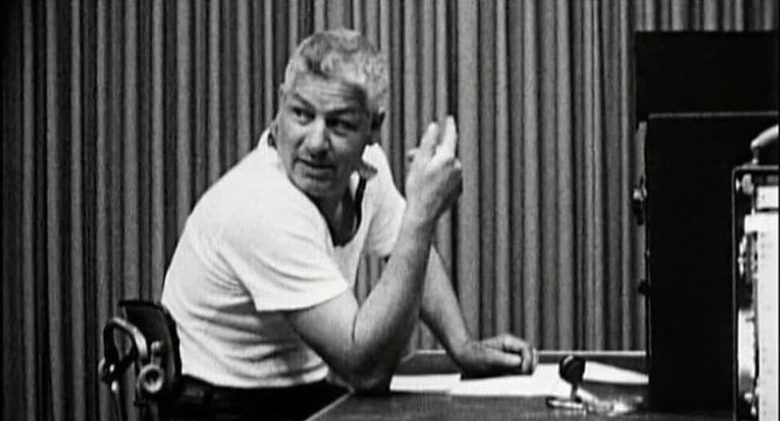
If you are like most people, you would follow orders! Stanley Milgram proved this in his famous 1963 experiment supposedly studying how people learn. A “teacher” (the unknowing subject) administered electric shocks to a “learner” who sat in a separate room. The “learner” was really an actor, and each time he answered a question incorrectly the teacher shocked him. The study showed that teachers would continue to send increasingly powerful volts even after the “learner” pleaded for him to stop. Every teacher sent a whopping 300 volt charge to the moaning man while two out of three went even further. Obviously uncomfortable, they still hit the 450 volt button even though the learner had fallen alarmingly silent by this point. Are we hardwired to follow orders? Or, can you break through societal “programming” as shown in the next daring situation.
6. Would You Sit Down?

You and a friend pay for seats to see a movie. When you enter the theater you notice there are only two seats still available, and they are in the center of an auditorium filled with mean-looking bikers. Would you squeeze through the aisle to claim the last two seats for which you paid?
7. That Calls For A Carlsberg

This social experiment was not conducted by an institution or even a psychologist. It was orchestrated by Carlsberg Beer. They wanted to see if people could look past appearances, i.e. a lesser-known bottle of beer, or, in the case of the experiment, a room full of leather-clad and tattoo-covered bikers, and claim their seats. Or would naive patrons succumb to their prejudices and backtrack out of the theater? If you are like most of the couples, you’d pause, rethink, and then retrace your steps out the door. However, those few brave couples who were the exceptions stepped over the unflinching laps and stony stares of the bikers and were rewarded with a couple of Carlsberg beers and a roomful of applause. Watch the video.
8. Would You Say What You Know Is Right?

You are sitting among a group of people that is asked a simple question with an obvious answer. You are all asked to answer, and every person before you answers incorrectly! Now it’s your turn. Do you stick with your original, seemingly obvious correct answer? Or do you reconsider and go along with the crowd?
9. The Asch Conformity Experiment
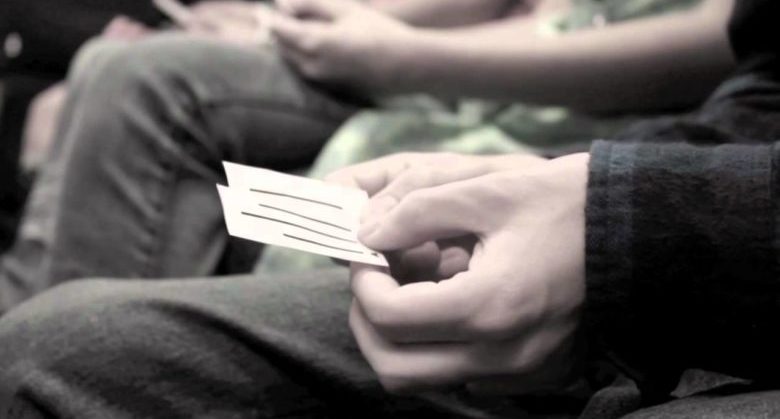
Solomon Asch wanted to investigate the effect of social pressure. He wondered if individuals would conform to a clearly wrong answer when the majority believed it was correct. In the 1951 experiment, eighteen groups of eight college students viewed a vertical line and a set of three other vertical lines. The groups were asked to identify which of the three was the same as the first. The answer was obvious in every trial, but seven of the eight participants were actors who purposely chose the same wrong answer. When it was the eighth man’s turn to respond in each of the groups, three out of four gave in and gave the obvious wrong answer to go along with the majority.
10. Would You Help?
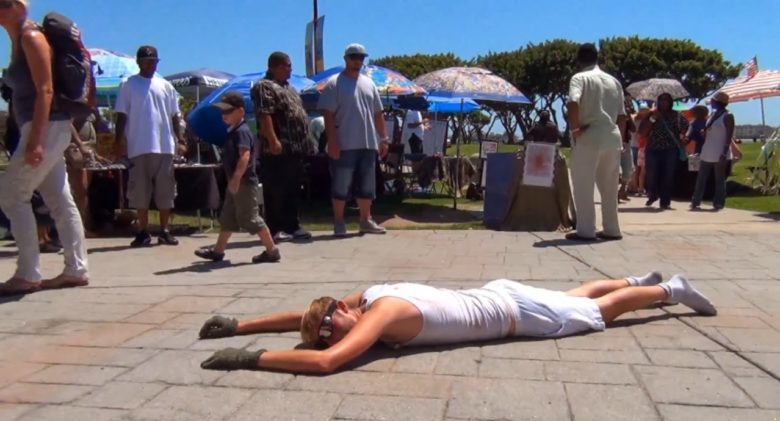
You’re walking down a busy street and notice somebody laying on the ground. The person is not moving and nobody else is stopping to help. What do you do?
11. They Bystander Effect
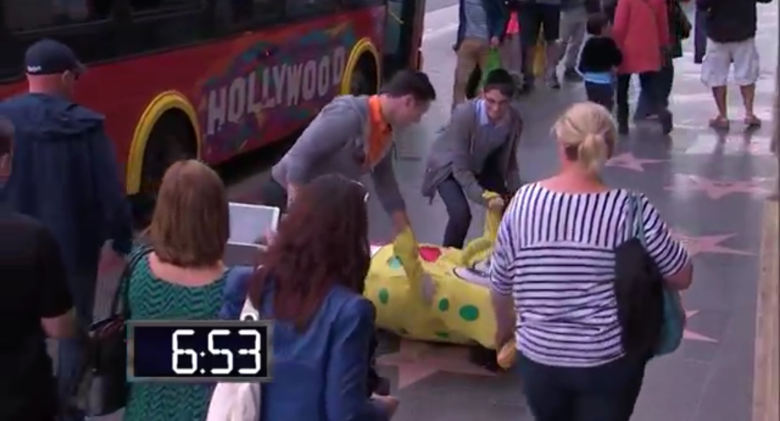
The Bystander Effect was coined by two social psychologists in 1964 after Kitty Genovese was stabbed to death in New York City and nobody responded to her cries for help. The reason? The presence of others during the emergency discouraged individuals (all good people) from being the first to intervene. Further experiments by the two psychologists, Latane and Darley, proved a lone bystander will respond 85% of the time. However, if others are present, the likelihood of an individual responding drops to about 35%. TV host Jimmy Kimmel tested this. He had a Spongebob character fall down on Hollywood Boulevard and ask passers by for help. Dozens and dozens of people passed, photographed, and even jumped over the hapless costumed-man for almost seven minutes until two students helped Spongebob to his feet.
12. Would You Stop And Listen?
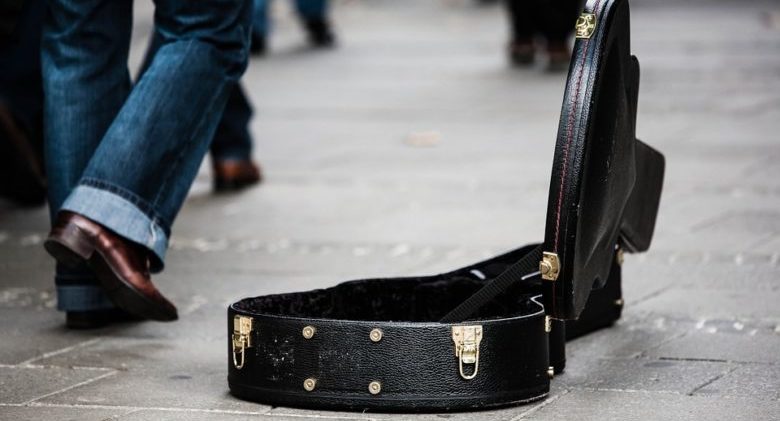
You’ve undoubtedly experienced street musicians before. Have you ever stopped to really listen to their music?
13. Missed Opportunity
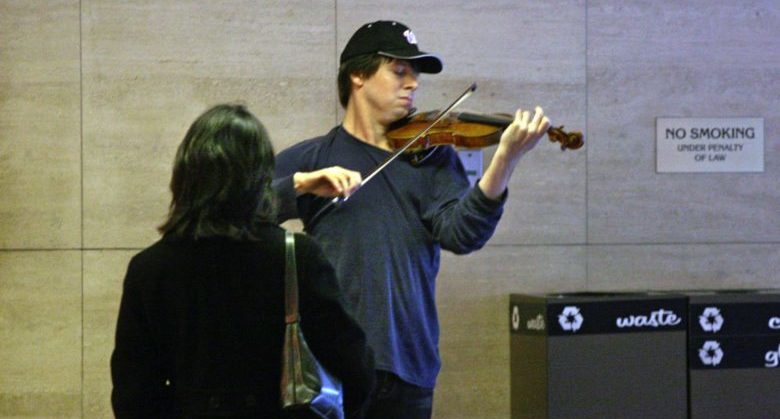
On a Friday morning in Washington D.C., a 39-year-old street performer broke out his $3.5 million handcrafted violin. It was an ordinary rush hour, but this was no ordinary performance. It was an experiment set up by The Washington Post to assess people’s perception and priorities in context. The street performer was Joshua Bell, the famous violinist who three days earlier filled Boston’s Symphony Hall. Today, in L’Enfant Plaza station, the world-class musician played some of the world’s most elegant music…while 1,070 commuters passed by the free concert apparently without noticing. It’s almost painful to watch.
14. Would You Talk?
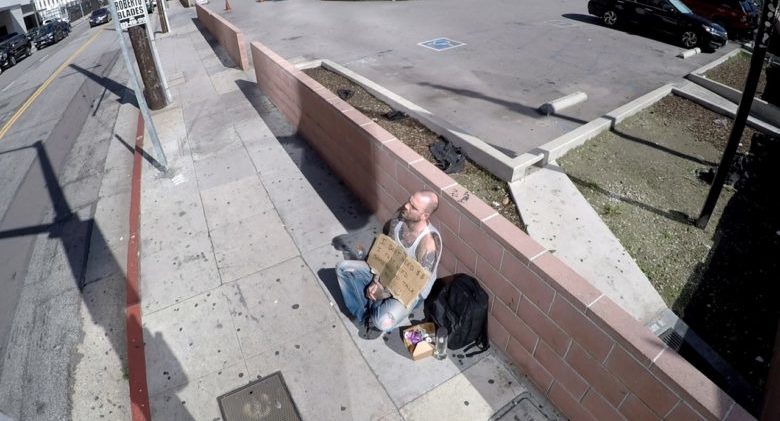
A homeless man sits on a busy sidewalk with a sign on his lap that reads: “I don’t want money. I just want somebody to talk to.” Would you stop and talk? (Would you even read the sign?)
15. Nobody Stopped

The man was actually not homeless. In fact, he’s not even poor. His name is Chris Collins and he lives in a rather large estate in Utah with some pricey vehicles, a Lamborghini is one. His website, theexoticrevolution.com, states that he is “on a mission to showcase the good in humanity and give back in unique and unsuspecting ways.” On this fine February day in Los Angeles, Chris acted homeless in the hope that a kindhearted person would talk to him. The person would be rewarded with a ticket to accompany Chris to the Grammy Awards later that day. Not. One. Person. Stopped. Chris went to the famed music awards show alone.
[Featured Image Credit: youtube.com]
